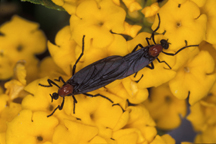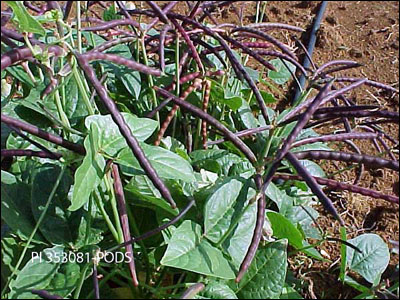Theresa Badurek, Urban Horticulture Extension Agent
 |
| Agapanthus(Photo-UF/IFAS) |
If you use annuals
in your landscape it may be time to replace some of the summer annuals. In early fall (Sept.-Oct.) try plants like ageratum, coleus, celosia,
zinnia, and wax begonia to give your landscape color into cooler weather. Then once temperatures start to cool (Oct.-Nov.) you can
plat petunia, pansy, snapdragon, dianthus, and alyssum. When shopping for annuals choose compact
plants with healthy leaves, good color, and lots of flower buds (they don’t
have to be in bloom at the time of purchase).
For more information about gardening with annuals in Florida: http://edis.ifas.ufl.edu/pdffiles/MG/MG31900.pdf.
Since annuals are seasonal they should make up focal areas in
the garden, but not too much space, as they require a lot of energy and resources
for such a short life-span. Lots of bulbs like to get their start in these cooler months. Plant agapanthus, amaryllis, and lilies now
for blooms next spring and summer. Divide
and replant perennials and bulbs that have grown too large- be
sure to do this by November so they can become established before the weather
turns colder. Add organic matter to new
planting areas and monitor water needs during establishment. For more information about dividing and
propagating plants: http://edis.ifas.ufl.edu/mg108.
 |
| Cilantro (Photo-Iowa State University Extension) |
Plant herbs that tolerate the warm temperatures of early fall, such as
Mexican tarragon, mint, rosemary, and basil. Later in the fall when the weather is cooler try
parsley, cilantro, garlic, and thyme. Since
some herbs are annuals and some are perennials remember to group them
accordingly so you won’t be disturbing the perennials when replanting the
annuals. Many herbs are also suited to
planting in containers- but you must remember that those plants in containers
will dry out faster than those in the ground and will need more irrigation
attention. For more information about
growing herbs in your Florida garden: http://edis.ifas.ufl.edu/pdffiles/VH/VH02000.pdf.
 |
| Cabbage (Photo-Purdue) |
In this
cooler weather (Oct.-Nov.) you can plant cool-season vegetable
crops, such as celery, cabbage, lettuce, collards, and many others. For more information about vegetable
gardening in Florida, including suggested crops and their planting dates: http://edis.ifas.ufl.edu/pdffiles/VH/VH02100.pdf.
In September or October, fertilize your citrus with a balanced fertilizer.
Many early season citrus varieties will be ready for harvest starting in
October and November, such as ‘Navel’ and ‘Hamlin’ oranges, ‘Marsh’ grapefruit,
‘Orlando’ tangelos, ‘Meyer’ lemons, and more.
If necessary, fertilize your St. Augustinegrass and bahiagrass lawns with a fertilizer containing at least 50% slow-release nitrogen and no phosphorous in early October. Do not use a “weed and feed” product. No lawn and landscape fertilizer containing nitrogen can be used in Pinellas County before October 1st. (For more info on the Pinellas County Fertilizer ordinance: http://www.pinellascounty.org/PDF/Fertilizer-Ordinance-Brochure.pdf.) As the weather gets cooler the turf will not need as many nutrients so this is best applied in early October.
Enjoy planning for this cooler season soon to come!











